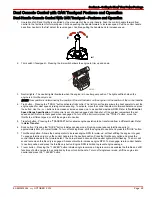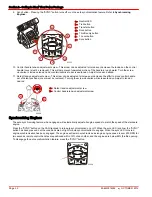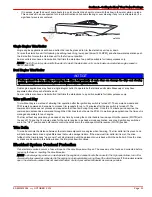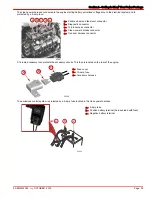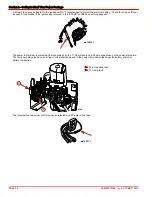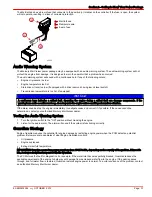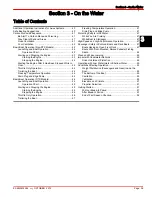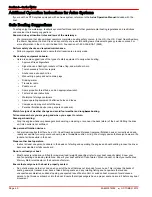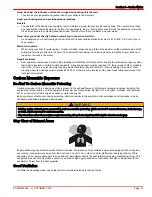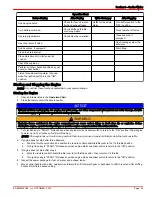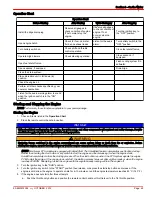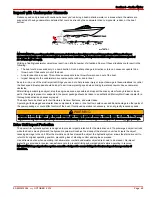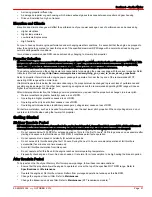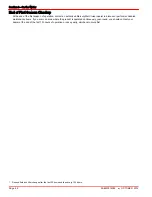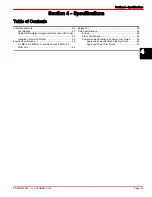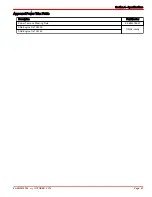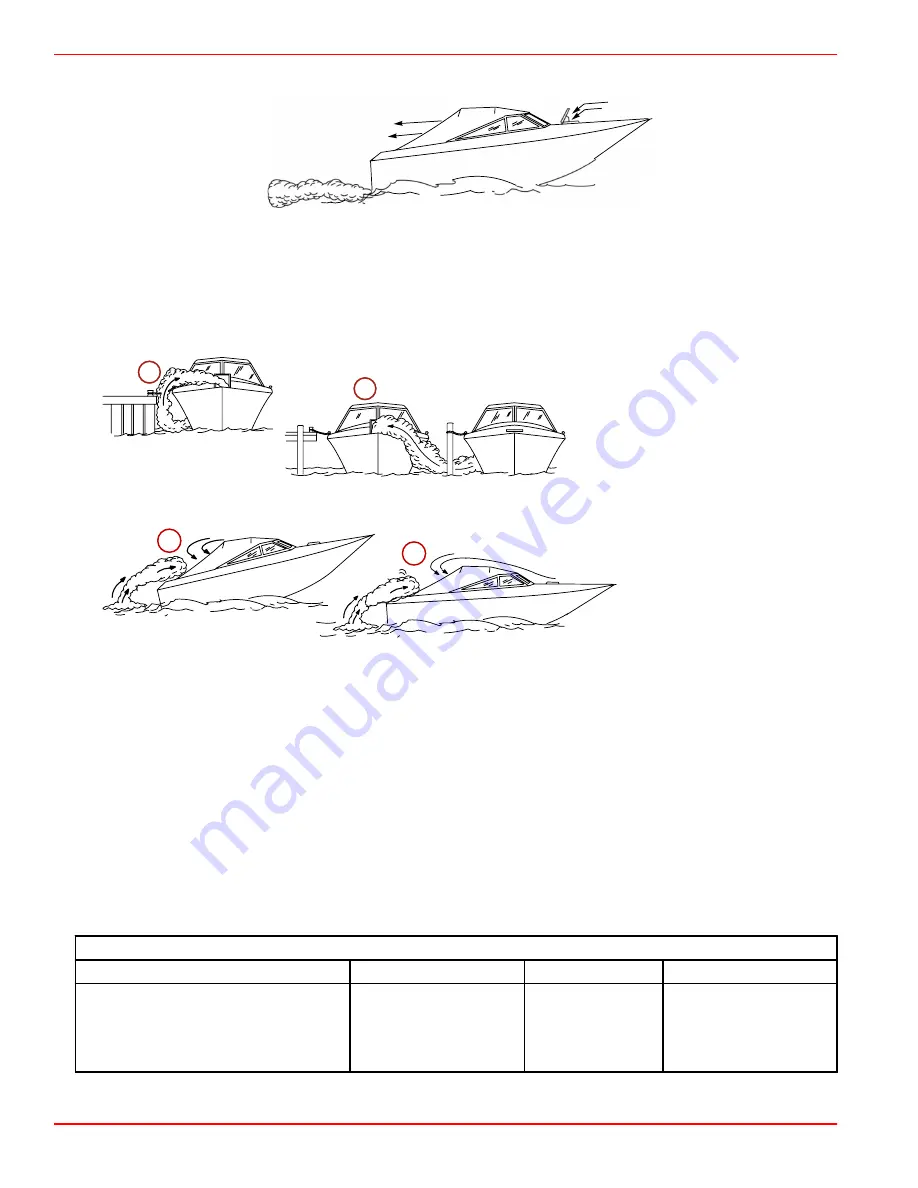
Section 3 - On the Water
Page 42
90-8M0074352
eng
OCTOBER 2012
Example of desired air flow through the boat:
43367
Poor Ventilation
Under certain running or wind conditions, permanently enclosed or canvas enclosed cabins or cockpits with insufficient
ventilation may draw in carbon monoxide. Install one or more carbon monoxide detectors in your boat.
Although the occurrence is rare, on a very calm day, swimmers and passengers in an open area of a stationary boat that
contains or is near a running engine may be exposed to a hazardous level of carbon monoxide.
1. Examples of poor ventilation while the boat is stationary:
a -
Operating the engine when the boat
is moored in a confined space
b -
Mooring close to another boat that
has its engine operating
2. Examples of poor ventilation while the boat is moving:
a -
Operating the boat with the
trim angle of the bow too
high
b -
Operating the boat with no
forward hatches open
(station wagon effect)
Basic Boat Operation (Non‑DTS Models)
Launching and Boat Operation
IMPORTANT: Install the bilge drain plug prior to launching the boat.
Follow these guidelines when operating your boat to avoid possible water ingestion:
•
Do not turn the key off when the engine is above idle speed.
•
Do not use the lanyard stop switch to shut off the engine when operating above idle speed.
•
Enter the water slowly when launching your boat from a steep ramp.
•
Do not shift into reverse while on plane.
•
When coming off plane, avoid impact with large following waves by applying short, light bursts of power to minimize the
wave action against the stern of the boat.
•
Do not come off plane quickly and immediately shut of the engine.
Operation Chart
Operation Chart
Before Starting
After Starting
While Underway
After Stopping
Install the bilge drain plug.
Observe all gauges to
check condition of engine.
If not normal, stop the
engine.
Observe all gauges
to check condition of
engine. If not
normal, stop the
engine.
Turn the ignition key to the
"OFF" position.
21626
a
b
a
b
43368


